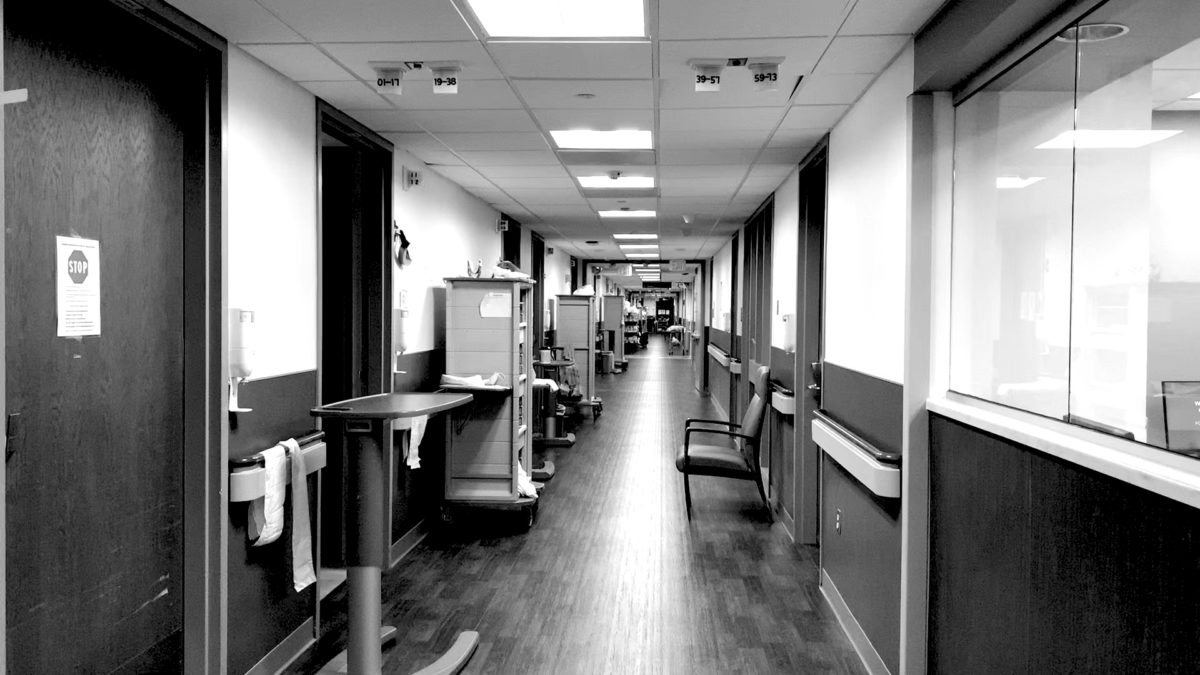As much as we were better equipped to handle the second year of the pandemic in the hospital, unfortunately 2021 saw a dramatic increase in divisiveness compared to 2020. At the start of the pandemic, there was an extraordinary sense of unity and shared experience, and that we were all experiencing this turbulent time together. As time went on, however, that unity turned into a bitter partisan divide. Life saving measures such as masks and vaccines became a flag for demonstrating political affiliation, and objective science gave way to a strange sort of team sport where it was more important to win than to respect reality.
All the while, patients continued to come to the hospital, sometimes in overwhelming numbers. The brave men and women, who decided on a continuous basis to stay at the bedside and provide care to the dying, kept showing up for work day after day, even as the ideological battle raged outside. COVID is a terrible disease and one that we, as a society, have demanded be put out of sight. COVID care takes place behind hospital walls, invisible to the public. As such, the suffering of those impacted the worst by the pandemic was many times only known to the staff who attended them. No one who worked a day in a COVID unit could ever dismissively say that COVID was “just the flu” or that it has a “99% survival rate” and should not be taken seriously. The fate of the few percent who succumbed to COVID was not quick and often entailed weeks of suffering, again witnessed only by the doctors, nurses and staff present at the bedside.
The bickering and fighting related to COVID often omitted the most important voices, those being the men and women who bore direct witness to what this disease is and what it can do. As debates raged in legislative bodies, school board meetings and online forums, the core work in treating COVID was done by people who showed up and did the job. Treatment of COVID has nothing to do with the patient’s race, gender or political affiliation. All of our patients received the highest standard of care, and all of them were human, mortal and vulnerable regardless of whether they believed COVID was even real. All this is to say that we are afforded the luxury of contentious and often self-sabotaging debate because a core element of the population is willing to do the essential work that must be done to keep society moving.
Moving forward, my sincere belief, and hope, is that we have already seen our last COVID surge. At this point, considering how many people have been vaccinated, exposed to omicron, or both, it would take a new variant significantly different from omicron to generate another wave of hospitalizations. The time between omicron’s identification as a variant of interest and its establishment as the dominant strain in the U.S. was about a month. Surely a new variant can take us by surprise. This is possible, but unlikely. As we enjoy a reprieve from COVID, now is not the time to shrug off the last two years as an unfortunate setback to our pursuit of pleasure and self interest. In many ways, the COVID pandemic was not nearly as bad as it could’ve been, with respect to other, deadlier viruses such as ebola, SARS and MERS. And yet, the nearly million dead Americans are a testament to how badly our society failed this stress test. We live in a densely populated, global community and it is inevitable that we will face future crises of contagious diseases. The breathing room we are now afforded should be our time to double down on measures such as promoting and supporting healthy lifestyles, managing chronic illness, increasing health literacy, fixing healthcare inequality, streamlining the healthcare system as a whole, and building out the much needed resources to address the nation’s mental health. This is a tall order, but having seen the diligence, passion and self-sacrifice of my coworkers risking their lives to treat COVID patients, I have no doubt that there will be many people up to the task.

